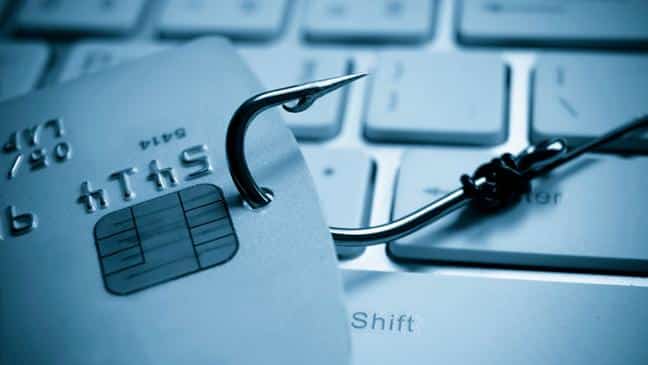
Cyber criminals are becoming increasingly sophisticated and successful at getting past spam filters and virus detection systems with phishing attacks. In highly targeted attacks the emails are made to appear to originate from somebody you know.
If you receive suspicious emails, generally containing web links or attachments, coming from people you don’t know and even those that you do, stop and do the following:
- If you don’t know the sender and it’s clearly something you don’t need, delete it and move on.
- If you don’t know the sender but think it may be legitimate, contact your technical experts to review the safety of the message.
- If you know the sender, but it looks odd or suspicious, contact them to confirm they intentionally sent it to you. Often people will get a virus infection or have their account compromised and unknowingly have these messages sent from their accounts. It’s best to contact them verbally because if their account is compromised the perpetrator may be the one responding. If you’re still unsure contact your technical expert.
When in doubt whether it is is a phishing attack contact your friends at Safety Net.
